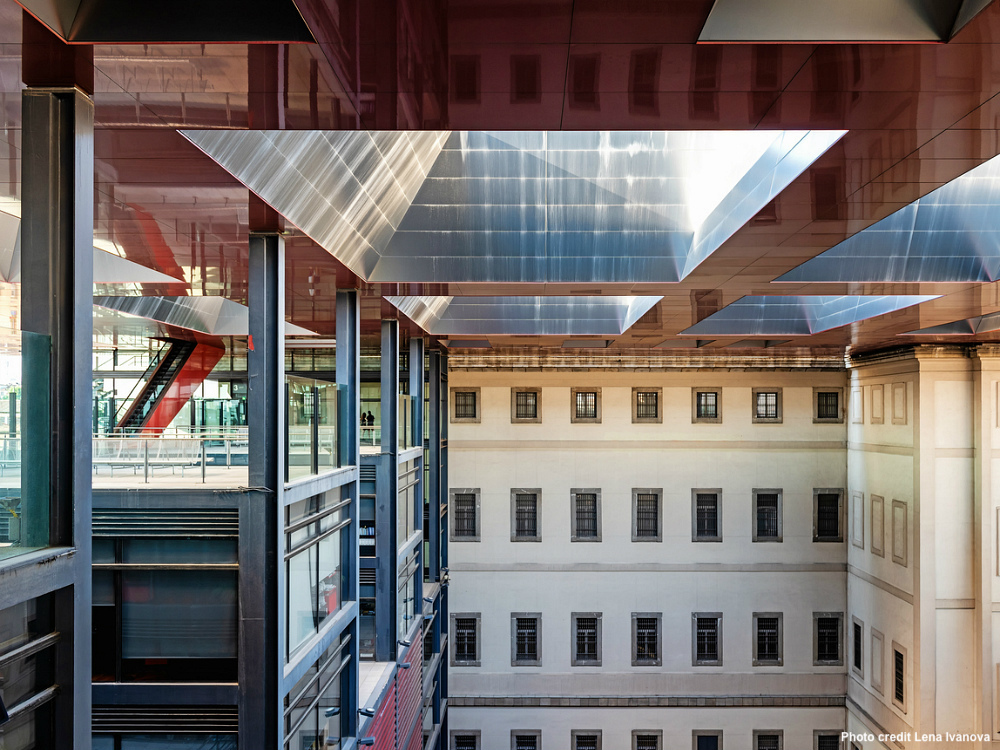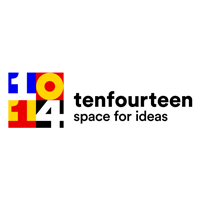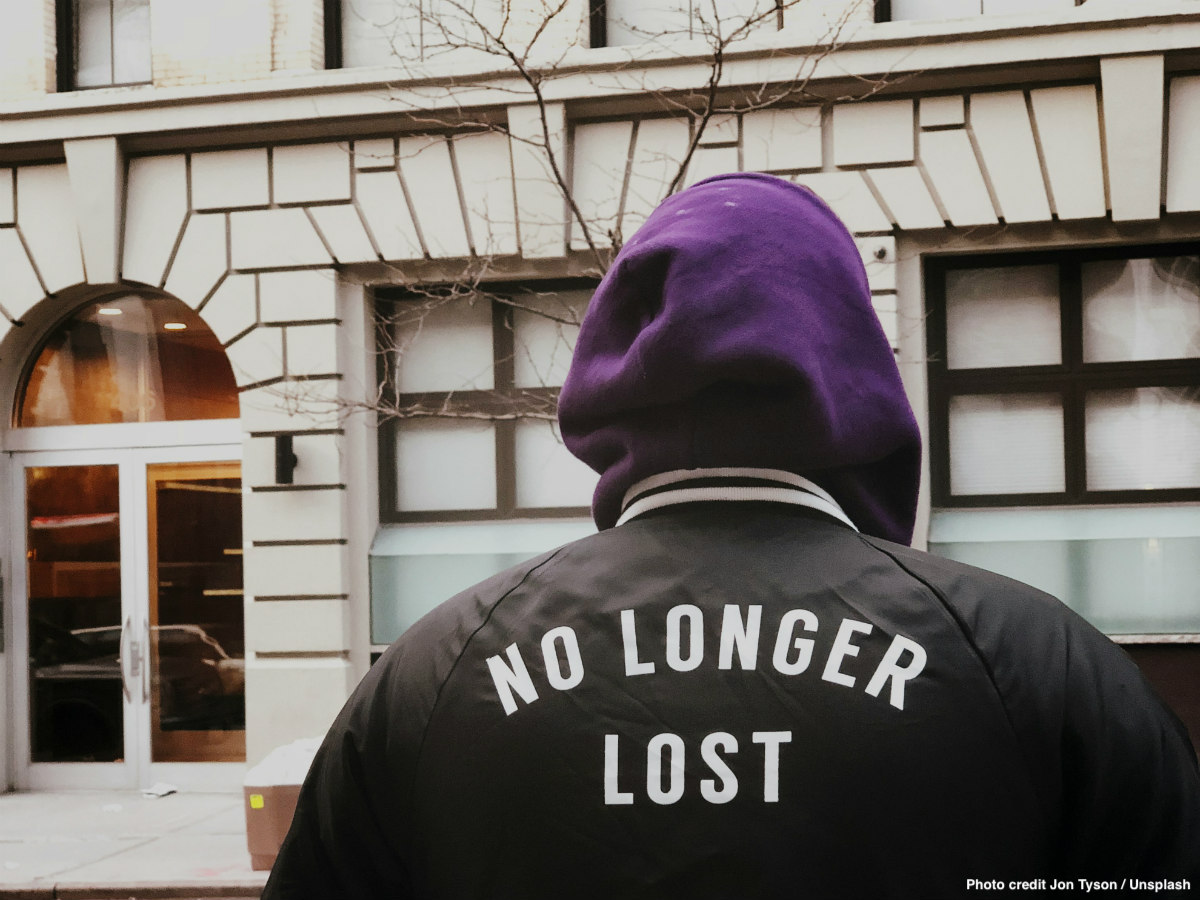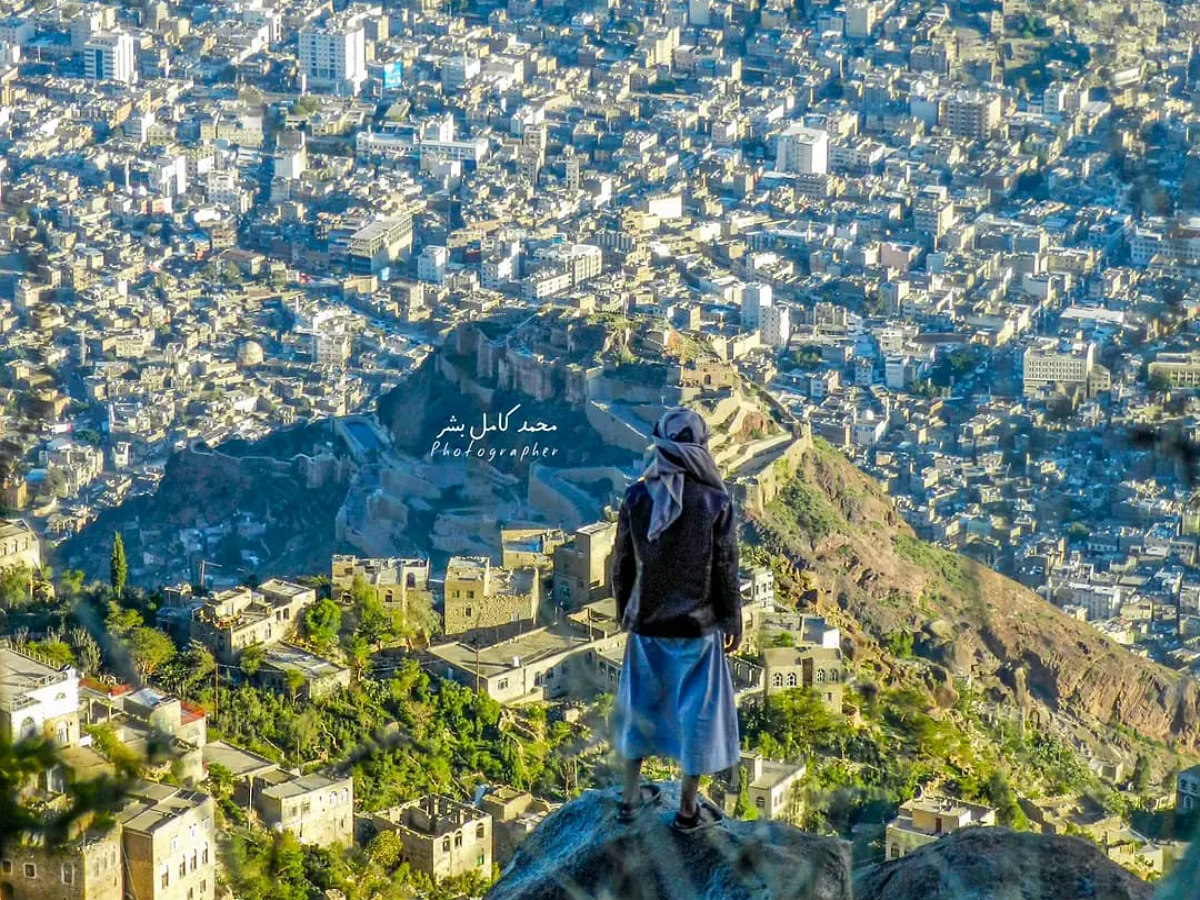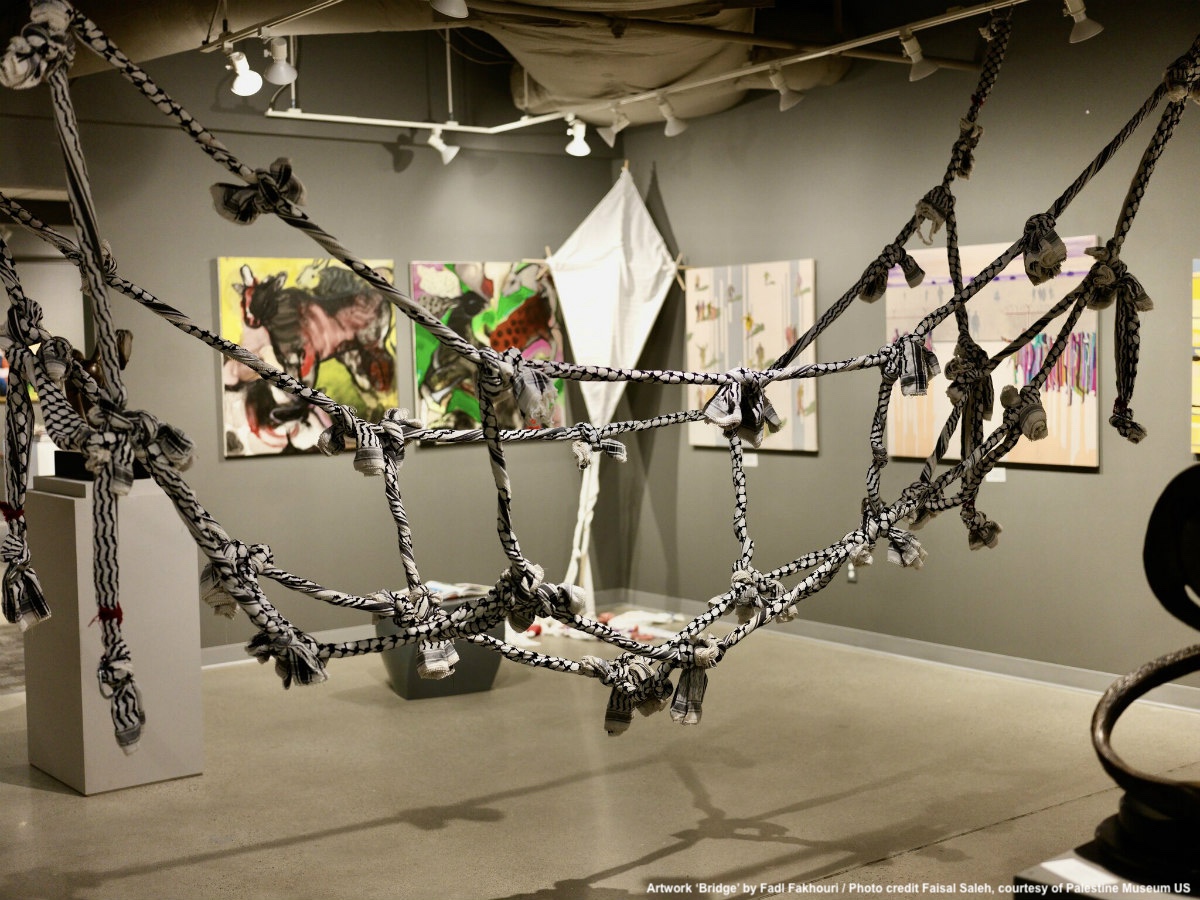Opened in 1990, the Reina Sofía National Museum Art Centre in Madrid has grown in scope with its neighbourhood’s appeal; the museum offers an impressive selection of art and cultural activities, and the historic neighbourhood of Lavapiés has turned into a buzzy destination for tourists and locals. But there is more to it. The interaction of both, museum and neighbourhood, in the workaday city — rise of tourism, gentrification, inmigration — is distinctive.
Rooted in a peculiar geographical space, the Reina Sofía Museum navigates between two worlds, integrated into the axis of Paseo del Prado with nearby museums of international renown, but also flanked by the rebellious neighbourhood of Lavapiés with the highest density of neighbourhood associations and self-managed centres in Madrid.
I met Mabel Tapia, deputy artistic director of the museum, on a Friday morning over Zoom, the sun was shining in Madrid, as it always does. She turned her computer around to show me the building in front of her office. She can look right into one of the remaining ‘corralas’ of Lavapiés, built for the vast moves of the rural population into the city in the nineteenth century. In the 70s their attempted demolition sparked one of the neighbourhood solidarity movements, this time, in defence of the corrala as a symbol and legacy.
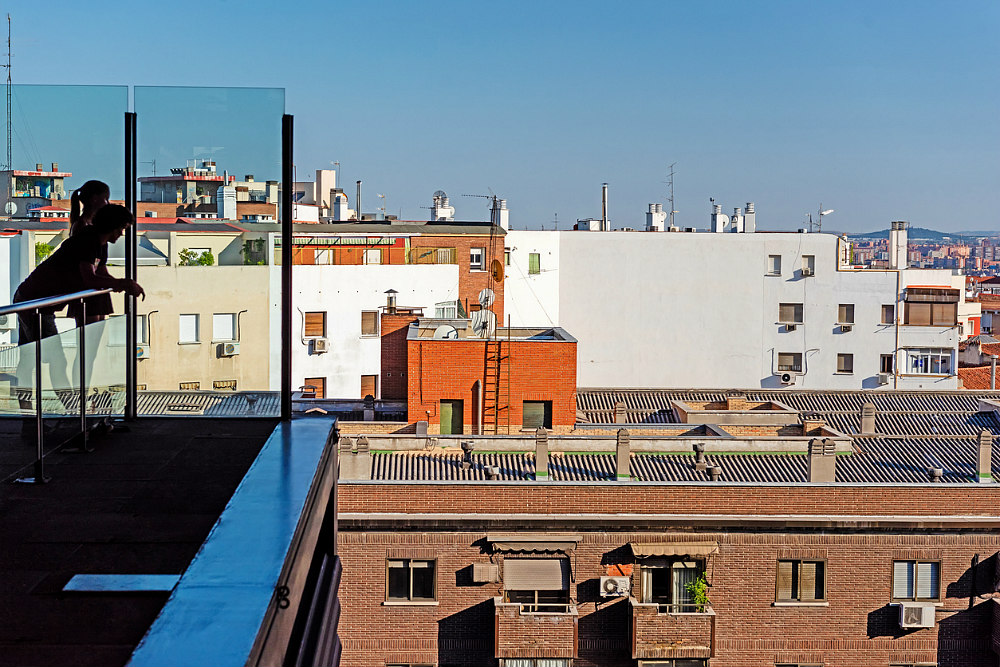
Stubbornly Lavapiés has always refused to disappear and give up its identity to the complex dynamics of real estate speculation and tourist saturation. In that gentrifying process beyond the museum’s grasp as a public institution, the Reina Sofía has already been exploring long-term bonds with associations outside the museum. Like Fundación de los Comunes, a laboratory of ideas that produces critical thinking from social movements, or publisher Traficantes de Sueños, encouraging useful debates for transformative collective action. Not in vain, this effort reached other actors and generated a space of trust for the public, but for the neighbourhood the museum remained distant.
In 2018 that changed. Mmame Mbage, a Senegalese migrant, who was chased through the streets by police on a motorbike before ‘suffering a heart attack’, died a few blocks from the museum causing riots and frustration in the neighbourhood. This disturbing incident deeply affected the museum’s staff, reckons Tapia. The collective will of the museum ushered to open it up to the neighbourhood with more structural dialogues being generated to ‘situate’ it in the conflicts and expectations of its immediate environment. It has probably been the first to conceive a hybrid third space of Museo Situado for thriving coexistence.
Museo Situado takes its name from feminist theory, in particular from the notion provided by the American theorist Donna Haraway about knowledge in a situation that is not intended to be neutral, but crossed by its context, making its point of view explicit and wanting to influence a state of things.
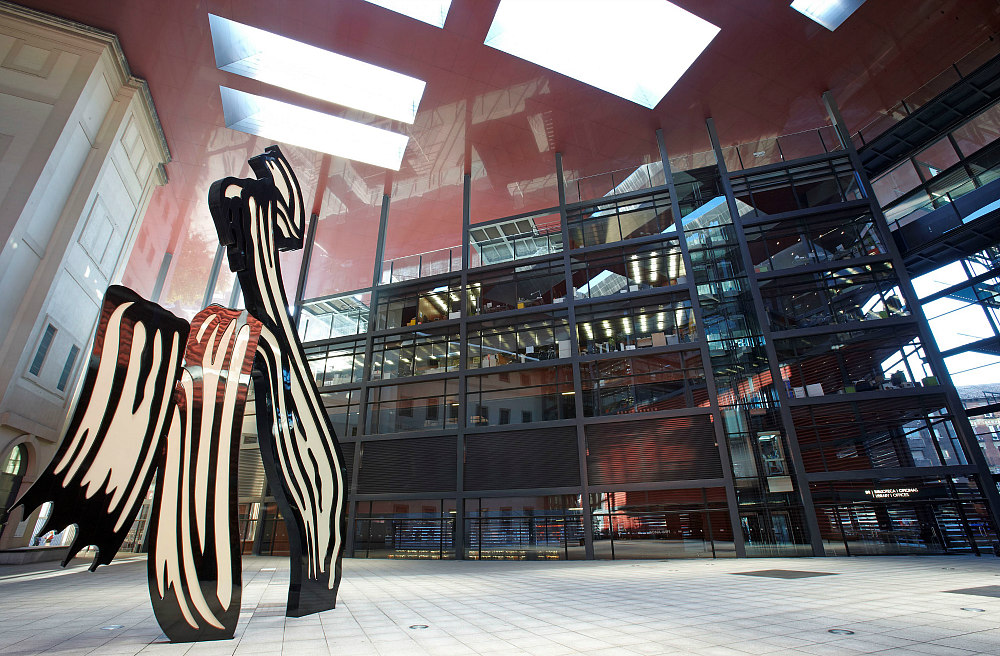
Yet there is no structural change in the forms of the museum. The challenge has been to find creative ways of operating and dialoguing on different scales, actively collaborating with a network of groups and associations in the neighbourhood of Lavapiés, explains Tapia, while acknowledging the museum’s role and presence in national and international networks. Ultimately, the museum tries to find a balance between both and transforms the deep structural sense of what a museum means to people.
In a first meeting with the neighbourhood associations, the residents of Lavapiés claimed access to the museum’s garden. Tapia explains that, although it has always been free of admission, the first access to the building implies an action of important subjectivity with many obstacles like security checks and explanations without an entrance ticket.
These filters made it difficult for people with fewer resources to feel comfortable accessing the museum’s garden, says Tapia.
A second request was access to the library, which the neighbours considered not only as a space to read and do research but to find tranquillity. The museum responded by issuing a Museo Situado membership card for unhindered access to these two public spaces. In a symbolic welcoming to the garden, the museum organised a Picnic – now in its fourth edition – with talks and activities proposed by neighbours in an assembly. This form of organisation proved so successful that so far they have used the assembly as a tool to meet once a month.
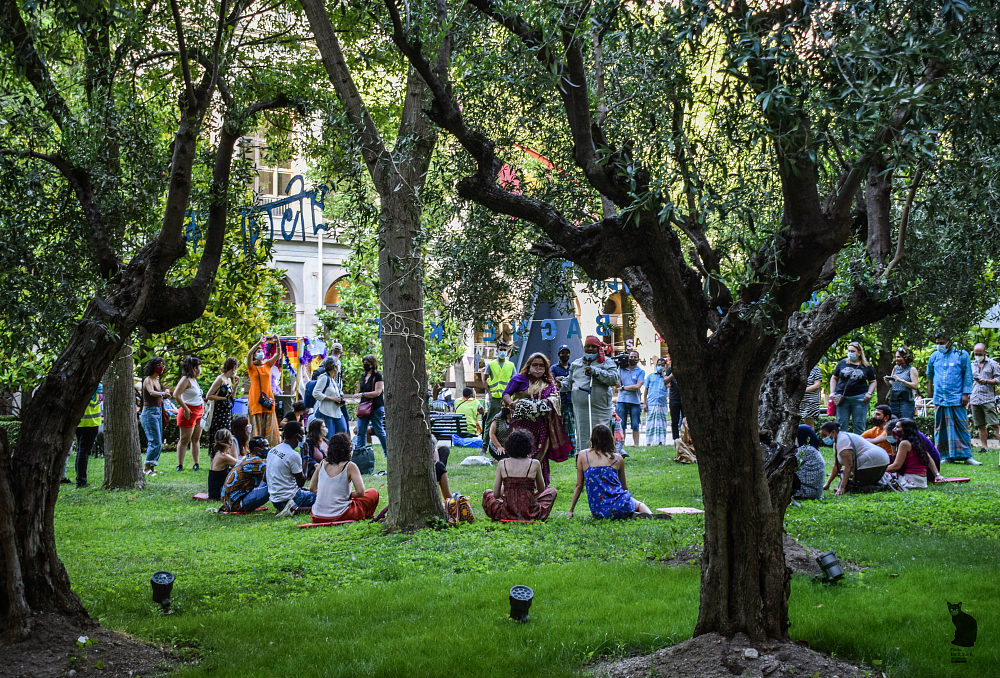
A reciprocal relationship started blooming with a collection of actions being deployed, while attending to the emergencies of the moment. For a museum safeguarding Picasso’s most famous work Guernica, the reality of the neighbourhood has its equivalent in restless pictorial structure. Complex, densely textured contemporary situations of disjointed communities living in Lavapiés yield similar dramas of darkness in the Guernica.
When the pandemic hit Madrid, the neighbourhood of Lavapiés witnessed a serious situation of deteriorating conditions; the social catastrophe of health exclusion for being undocumented or for not speaking the language. Sooner than later neighbourhood associations of Lavapiés mobilised a volunteering team of translators, a food bank, and so many other initiatives that the city administration didn’t assume. The museum issued a manifesto entitled An Ethic of Catastrophe, to give more voice to the neighbourhood and to protest against the inaction of the authorities.
This spirit could be summarised in one phrase of the manifesto: “There is no future without culture, but neither culture without future. A cultural institution cannot be unaware or ignore the needs of the people in their immediate surroundings.”
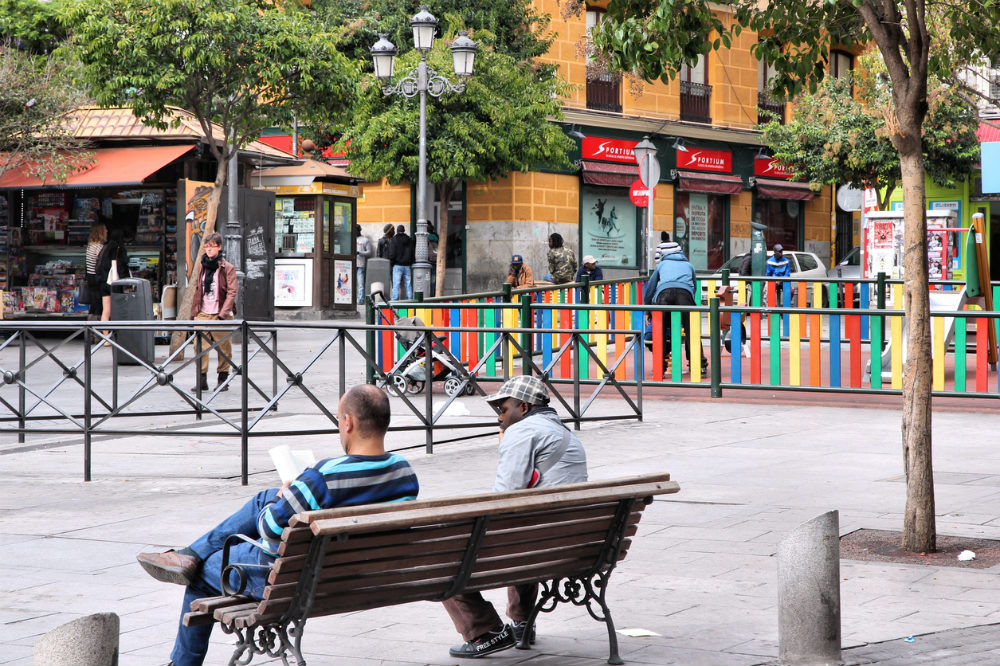
But when the neighbourhood seems to falter for a moment, Lavapiés reaffirms itself over and over again as a space for social protest and reinvention – like the neighbourhood it has always been.
There is an incredible level of organisation, knowledge, and solidarity of the social fabric, which keep generating spaces of dialogue and common ground at the crossroads of different cultures. The potential is immense, describes Tapia.
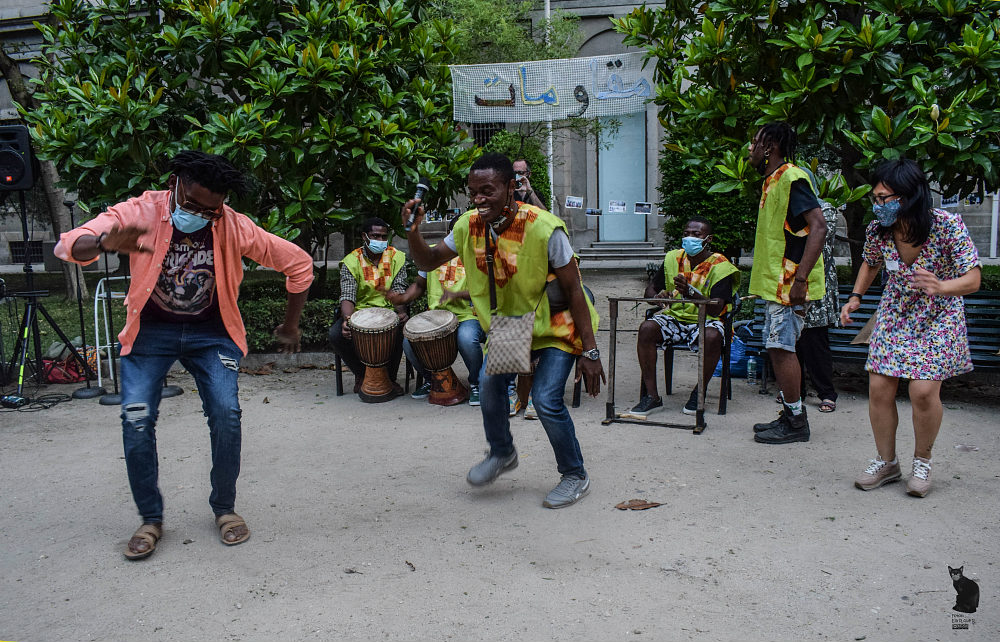
Among others, the museum is supporting a ‘situated’ mediation school, where mediators of the neighbourhood speaking different languages take neighbours to the museum to visit the collections and exhibitions. One of the most popular exhibitions was about Morocco, reveals Tapia, where neighbours recognized pictures and objects through signs and cultural codes which we couldn’t, creating other types of dialogues through the visits.
We are intensively exploring that thread, as how our collections and activities enter into dialogue with neighbours, explains Tapia.
In a way the museum also learns from the neighbourhood and discovers those other ways to transcend its hermetic walls and be understood as a space permeable to the cultural manifestations of the neighbourhood, its aspirations and desires. There is a work of deconstruction of the museum, often perceived as an alienated space, while in fact it has the responsibility to generate space for citizens.
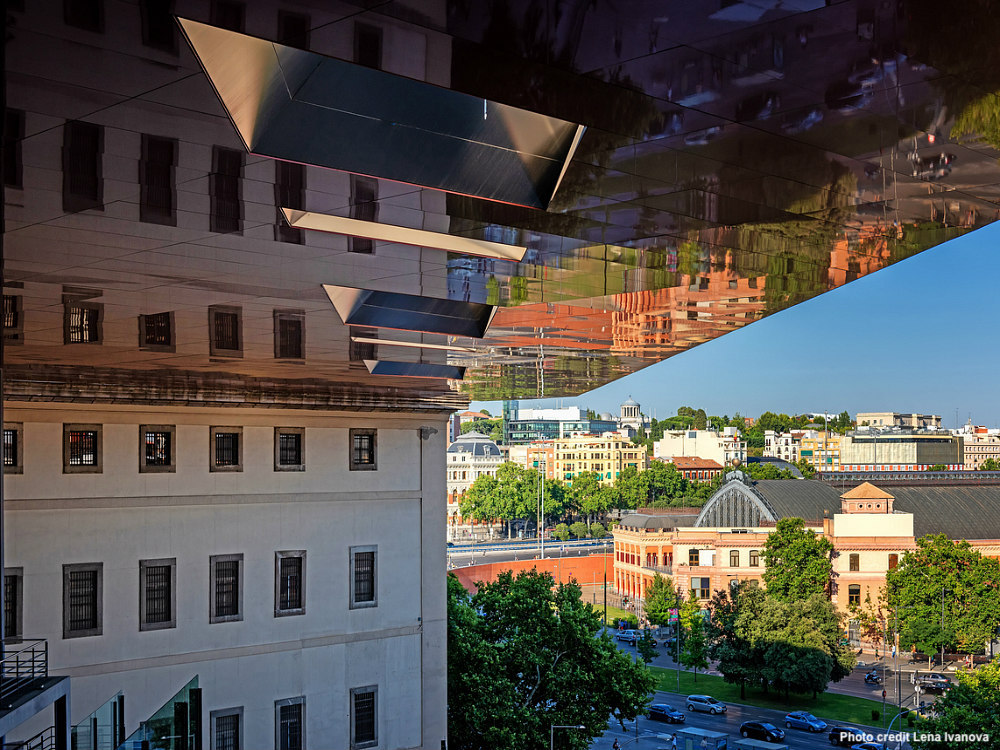
People have to understand that a museum is part of an ecosystem and therefore a fluent dialogue between the institution and the public is necessary. On the other hand, the museum cannot pretend to improve the neighbourhood, but rather assume its role as a responsible actor within that ecosystem, explains Tapia.
Almost at the end of our conversation I asked her if this progressive view of the museum doesn’t put it at odds with the City Council, which has been quite open about dismantling the network of social centres and self-managed initiatives in Lavapiés.
Museums’ decisions, acknowledges Tapia, can certainly generate tensions, art in general produces an antagonistic space of opposing forces. But every public institution has autonomy, it is part of the public space, part of the commons, for the construction of a social fabric, not a political entity. Museums are in a unique position to generate symbolic and tangible reflections. And she finally concedes “the neutrality of museums has always been a fiction!”
